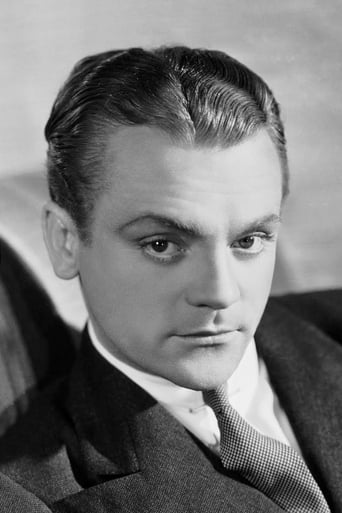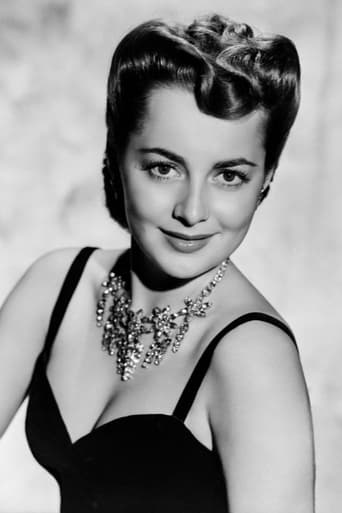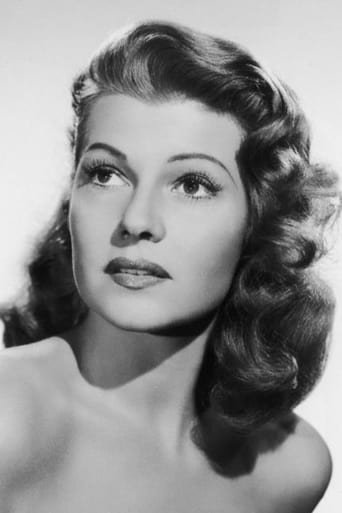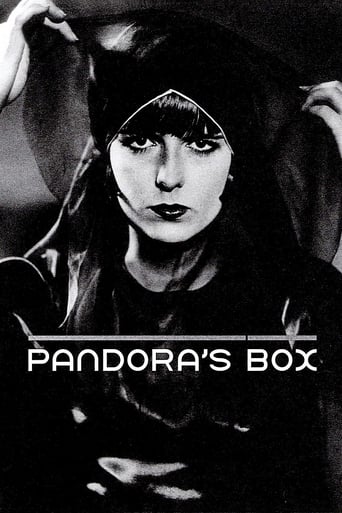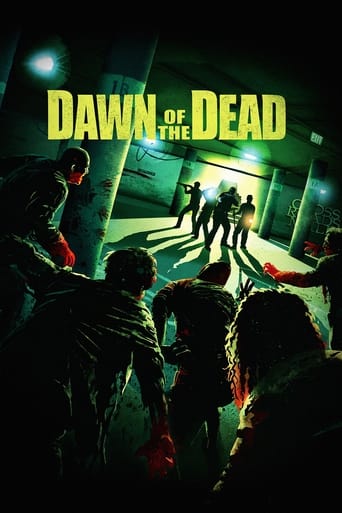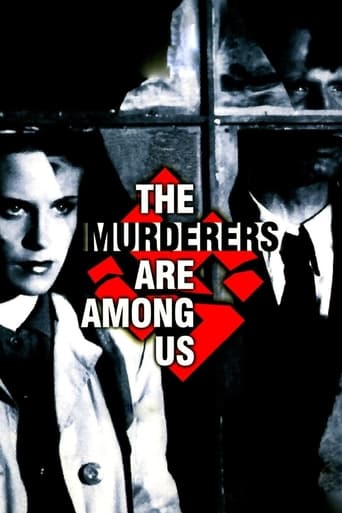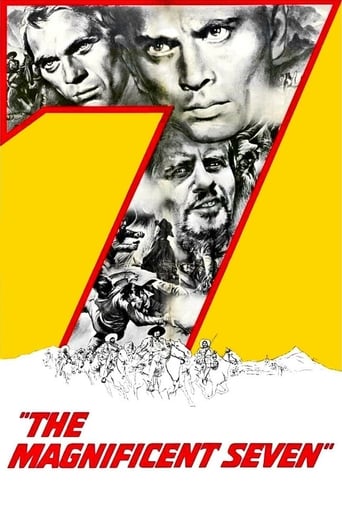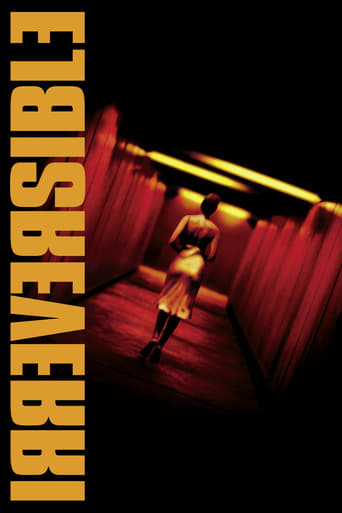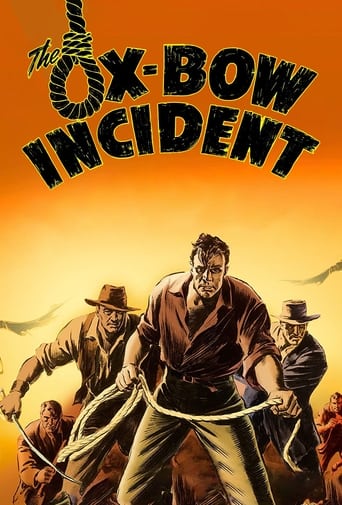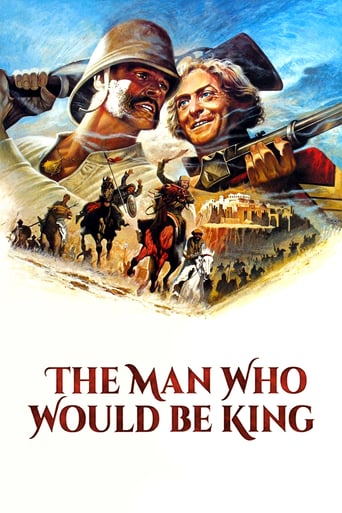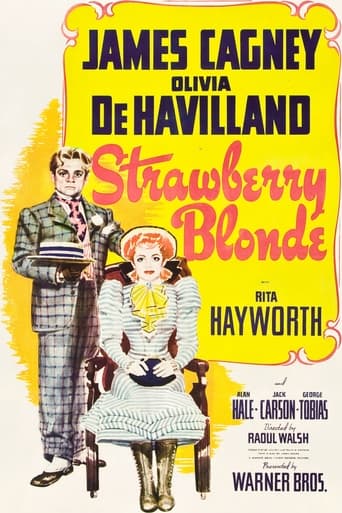
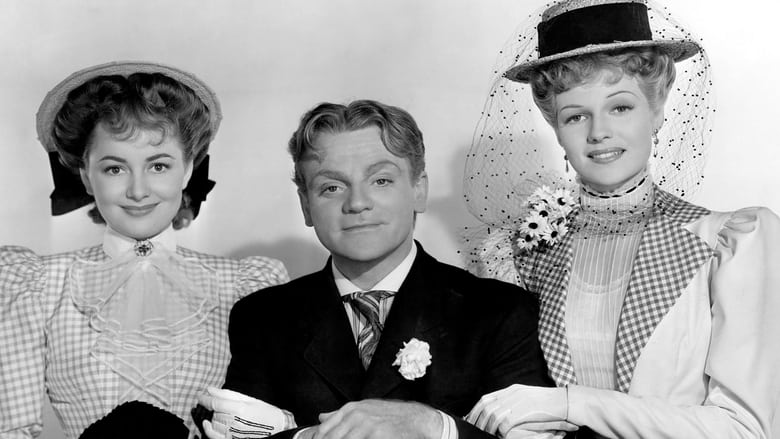
The Strawberry Blonde (1941)
Biff Grimes is desperately in love with Virginia, but his best friend Hugo marries her and manipulates Biff into becoming involved in his somewhat nefarious businesses. Hugo appears to have stolen Biff's dreams, and Biff has to deal with the realisation that having what he wants and wanting what another has can be very different things.
Watch Trailer
Cast


Similar titles
Reviews
"The Strawberry Blonde" is another film that showed what kind of an actor James Cagney is when given a different film to make. The film is based upon a successful play and was remade several years later with Gary Cooper. This "Warner Bros" film has a period setting, it is based during the 1890s. The sets, the costumes, the lighting, they all contribute to a great film. There is a well balanced combination of humour and of drama. Raoul Walsh's direction is very good as he was the right choice for this kind of film at "Warner Bros." The director knew how to produce the right performances from the main cast and they are outstanding. Originally, Ann Sheridan was supposed to be cast as the blonde in question but she had been suspended by Jack Warner. "M.G.M" loaned Rita Hayworth for this film instead. The plot unfolds via a flashback. This is initiated when Cagney learns that his old nemesis - played by Jack Carson - is on his way to Cagney's dental surgery with toothache. Then Cagney thinks back to all that has happened and the film begins properly. Olivia De Havilland plays Cagney's wife and the latter character has to decide whether he married the right woman or not. Alan Hale has some great scenes with James Cagney as his father, including a rather touching final scene. Olivia De Havilland surpassed herself in this film and was a great leading lady for James Cagney. Her performance is amongst the best of her career. Jack Carson scores as the devious and thoroughly dishonest chiseler. Rita Hayworth is good but I haven't seen any other of her films so I can't honestly say how good a performer she is. This is a masterpiece of drama and light comedy.
. . . in this Warner Bros. spoof of GONE WITH THE WIND. Rita Hayworth is STRAWBERRY BLONDE's incarnation of Scarlett O'Hara, though her title character is called "Virginia Brush" here to avoid infringing upon MGM's copyrights. No GWTW parody would be complete without a Rhett Butler, so Jack Carson's "Hugo F. Barnstead" stands in for that caddish scoundrel. James Cagney is spot on as feisty milquetoast oxymoron Mr. Wilkes, otherwise known as mail-ordered dentist "Biff Grimes." In a stunning lack of casting imagination, Olivia De Havilland reprises her own Melanie role under the guise of "Amy Lind" here. As in GWTW, the Ashley\Biff character gets separated from his wife for a five-year ordeal. Just as in GWTW, the Melanie\Amy lady gets pregnant before the Scarlett\Virginia hussy. As in GWTW, the former is a plain homebody with simple tastes, while the latter lives life large to extravagant excess. Both movies contain racist song lyrics, and an Irish dad accidentally dying at an inopportune juncture. But STRAWBERRY BLONDE wins the better picture award hands down, since you can view it in one sitting and it concludes with audience karaoke rather than with a lot of swearing.
The Strawberry Blonde is a perfect nostalgic tale of life, friends, lovers and bad breaks. The story follows Biff Grimes ( James Cagney ) as he deals with his loafer father ( Alan Hale ) and falling in love with the fickle strawberry-blonde Virginia Brush ( Rita Hayworth ) who dumps him for the duplicitous Hugo Barnstead ( Jack Carson ) who double crosses Biff and finally, Biff finding true love with the kind-hearted, gentle Amy Lind ( Olivia De Havilland ). This film is full of charm and every performer gives their very best with a story that moves at a perfect pace, making it one of Warner Brothers finest classic pictures. One of the most tender scenes ever played by Cagney, is when he sweetly asks Amy to be his steady. Cagney and De Havilland are extremely engaging to watch, allowing for some very comical and touching scenes between the couple. Rita Hayworth is most fetching as the strawberry blonde, who attracts male attention wherever she goes. James Cagney's mother was a real strawberry blonde during the era this film portrays and Cagney brought her to the studio to watch some of the filming. She watched the filming attentively, and after a particular scene was finished, Cagney went over to her to get her reaction. To his amusement she said "I just want you to know, son' she said, "they didn't have pretzels in those times." James Cagney always liked to add a personal touch to his character, and in this film he used a repeated phrase he picked up from his grandfather. " That's the kind of hairpin I am " Biff would reply, whenever an explanation of his behaviour became necessary. After the films release, it became a catchphrase. This is one of those rare films that has everything going for it, making it a true treasure and always a pleasure to watch.
During the golden age of Hollywood, a lot of pictures, especially the romances and musicals, took us back to another golden era – the final years of the 19th century. Not only was this the time in which many of the old guard were in their youth, it happens to be a good era for nostalgia in general. An innocent age before either world war and before the motor car had made the horse obsolete, a world perhaps best summed up by the sweet yet earthy character of its music.The Strawberry Blonde is itself a picture about nostalgia, albeit tinged with regret, as a man goes into a reverie about the friend and the would-be lover who wronged him years earlier. It is no surprise that the screenplay is by the Epstein brothers, Julius and Philip, whose best-known work Casablanca, a story with a very similar mix of regret and fondness for the past. However, with the flashback making up the bulk of its runtime, The Strawberry Blonde is by far the more indulgent of the two. Casablanca lives in the present while The Strawberry Blonde dreams of the past.The director here is Raoul Walsh, who according to the blurb on the back of numerous DVDs was an "action master". A more extensive look at his pictures though reveals him to be a bit of a romantic, with a real feeling for the warmth and intensity of human relationships. Whereas Warner's top director Michael Curtiz always emphasised sets and props, all but burying the actors, Walsh does the complete opposite. Take the scene in the bar where Alan Hale is drinking at the start of the flashback – each shot is made almost entirely of people, with folks lining the edge of the frame. It gives it a real cosy effect. Walsh also places us right inside the emotions of a scene by having actors facing the camera. When James Cagney and Olivia de Havilland are reunited towards the end, the opposing shots of them are not at forty-five degree angles to the lens as convention would dictate. Instead they are virtually looking straight out at the audience.And this is a cast worth focusing on. None of the four principle players – Cagney, de Havilland, Rita Hayworth and Jack Carson – are at their very best, but what's important is that they all seem to be enjoying their roles. Despite being in his 40s at the time, Cagney gives an exuberant portrayal of the younger Biff Grimes, and there is something almost childish in the way he sneers and fidgets his way through his first meeting with de Havilland. De Havilland herself has great fun playing an assertive free-thinker, and while very much against her type she is brilliant at bringing out that saucy flirtatiousness in her character. It's also nice to see Alan Hale playing a more sympathetic variation on his usual reprobate act, far more satisfying than the slightly villainous roles which for reasons I can't fathom he often ended up in. There's also a brief but memorable appearance by the great Una O'Connor.The Strawberry Blonde is by its very nature a movie with a lot of poignancy in it, balanced nicely with its tone of gentle comedy. The only real trouble is that some of the more tender moments are blunted by the punchy pace typical of Warner Brothers pictures, with a few scenes and shots not played out quite as long as they could have been. Still, the picture recovers much of its impact because its emotions are grounded in its atmosphere and its music. While not really a Musical, it is certainly a musical picture with a small "m". Diagetic music (real music in the film's world, as opposed to a background score) plays a major part not just in the story but in the construction of a scene – the strains of a band seeming to regulate or underscore every moment. Even what little non-diagetic music there is seems to dovetail from one of the familiar songs. And in the end, it is that magnificent waltz from which the title is derived that has the final word.


